On February 22, the book, titled Atul Dodiya, featuring essays and anecdotes on the artist, was released at the National Gallery of Modern Art. Soma Das caught up with the contemporary artist as well as poet Ranjit Hoskote, who edited this comprehensive title
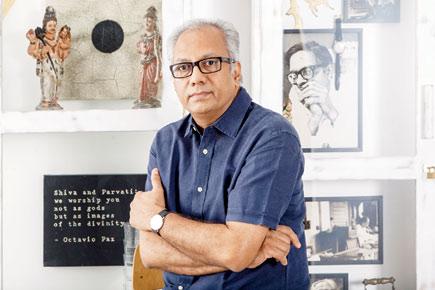
Artist Atul Dodiyau00c3u00a2u00c2u0080u00c2u0099s artistic journey spans three decades
A monograph or a book on a single subject / aspect of a subject can be a great tool to demystify the thought process of a creative mind. In the same vein is the simply-but-aptly named Atul Dodiya, a title featuring essays on the artist, conversations with him on his journey spanning three decades, images of his prominent artworks and little-known anecdotes.
ADVERTISEMENT
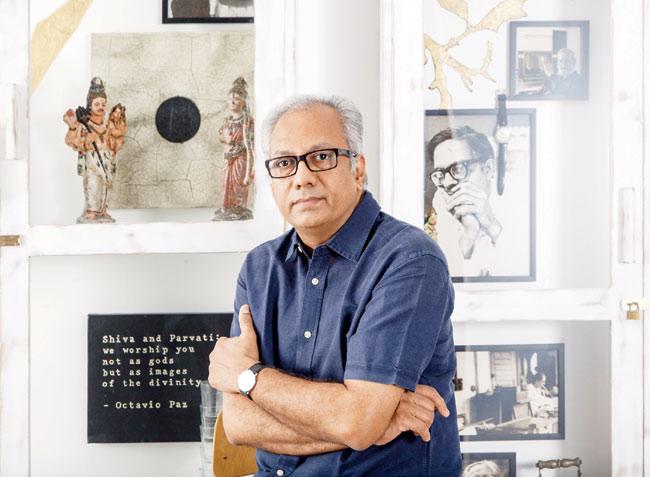
Artist Atul Dodiya’s artistic journey spans three decades
It has contributions by poet, curator and cultural theorist Ranjit Hoskote (who has also edited the book), American philosopher, art critic and novelist Thomas McEvilly, Spanish/ Catalan curator, poet and fiction-writer Enrique Juncosa and cultural theorist, art critic and curator Nancy Adajania.
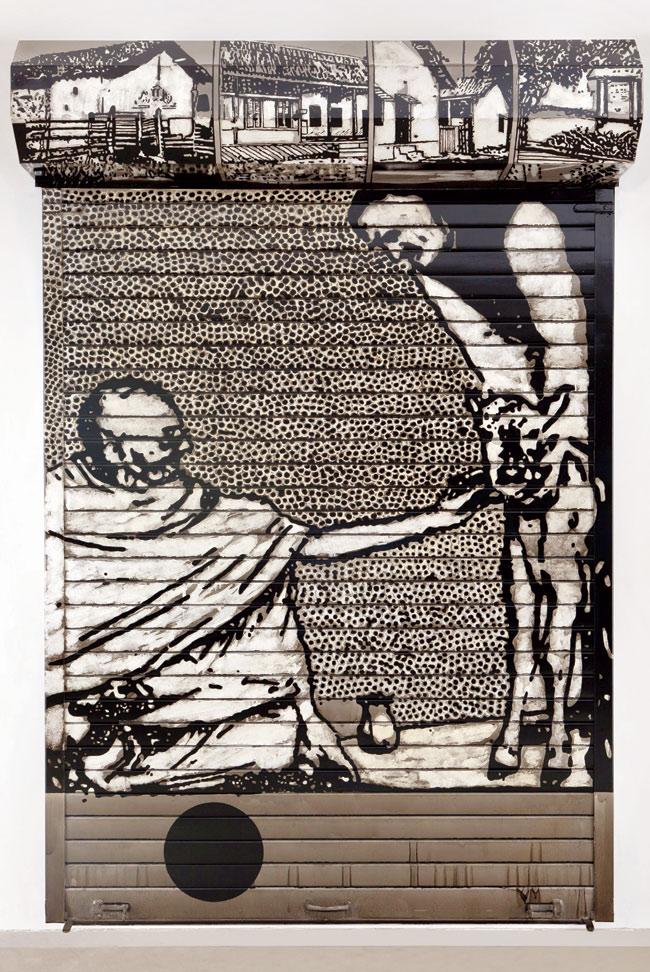
Grace, one of Dodiya’s iconic shutter paintings, based on Mahatma Gandhi
Dodiya throws light on his experience: “I got a chance to see my own work in a retrospective manner. I noticed the diverse things I attempted in the last 30 years, how I developed as a painter and the reasons for doing what I did. To see my own journey as an artist was a fascinating experience.”
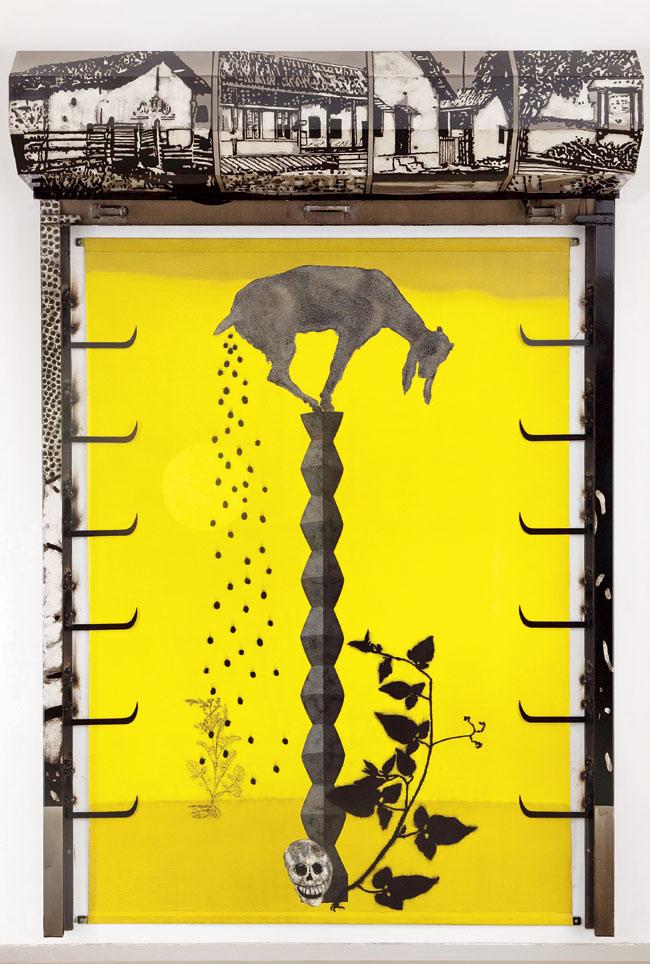
The second part of Grace (see above); the artwork on display when the shutter opens
He admits that being an avid book collector, he finds this documentation of his oeuvre even more special. He shares his hope that the book offers younger artists and art students some perspective on his art.
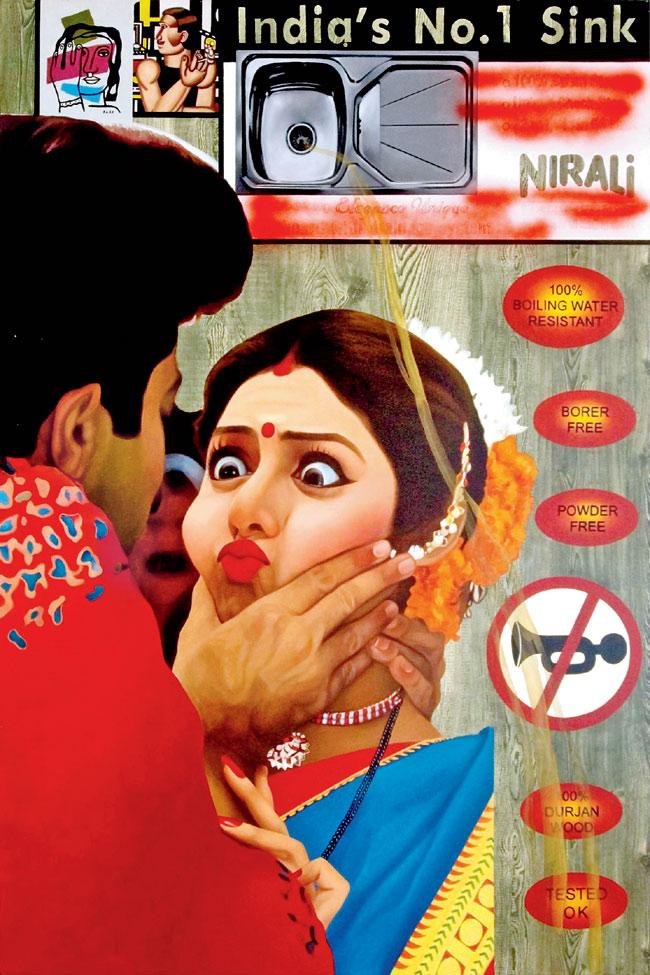
The artwork Devi and the Sink is featured in the book
Dodiya admits that his style of work presented certain challenges for the contributors: “I don’t work in a singular style; there are quite a few dramatic shifts. To create the right context for these diverse imagery, convey a cohesive unity in the subject matter, to retain a flow in terms of text and images and what images to include were some of the challenges.”
From the editor’s desk
Ranjit Hoskote mentions that the book is significant as it’s “among the first such comprehensive and exhaustive study of an Indian artist”. Hoskote has known Dodiya since the late 1980s, having collaborated often, while writing catalogue essays for his exhibitions and curating his survey/ retrospective exhibitions.
“The book is a benchmark study of Atul’s life, career and work. The aim is to provide readers with an in-depth understanding of the contexts that have animated his art across the years. We wanted to bring together a set of writers who have known Atul and his work and respond to it from different viewpoints,” elaborates Hoskote.
Atul Dodiya is the 11th artist monograph by Hoskote. The book took three years to complete. Hoskote was drawn on the records of conversations with Dodiya and the notes that he maintained on his work, since the early 1990s.
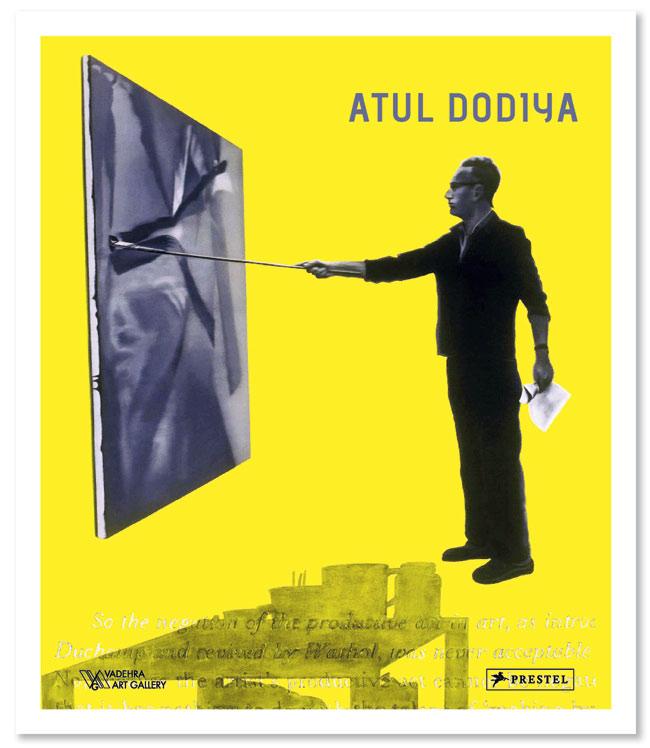
Atul Dodiya, edited by Ranjit Hoskote, Rs 7,500, published by Prestel and Vadehra Art Gallery. Available at Vadehra Art Gallery bookstore, Amazon.in and leading bookstores. It will be distributed internationally and will be available in museum shops and art bookstores across the world.
Hoskote’s anecdotes on Dodiya
. He wrote poetry as a young man and had thought of pursuing it as his career.
. Dodiya’s first introduction to the visual arts came not from the art galleries, but from Gujarati literary journals like Kshitij, which would feature works by Bhupen Khakhar and Gulam Mohammed Sheikh, on their covers.
 Subscribe today by clicking the link and stay updated with the latest news!" Click here!
Subscribe today by clicking the link and stay updated with the latest news!" Click here!






